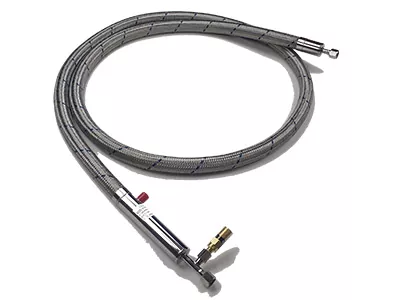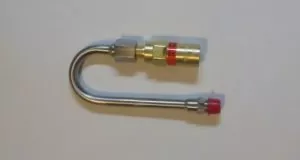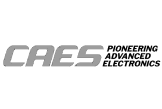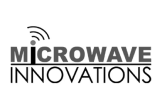Selecting the Right L-N2 Coolant Delivery Hose
Expendable cryogenic liquids (L-N2 or L-CO2) deliver quick, accurate, economical, and precise cooling for testing electronic systems and components. Using the right hose will help make sure you get the best speed reliability and long-term economy out of your coolant.
.
Vacuum Jacketed Delivery Hose
Liquid Nitrogen is cold! Approximately -180°C and it delivers the precise, powerful cooling capability for thermal platforms or other thermal testing equipment. However, due to the extremely low temperature, losses due to poorly insulated hoses can result. When specifying an LN2 delivery hose, use a vacuum jacketed hose and the shortest comfortable length possible to minimize losses.
Liquid from the tank vaporizes immediately when it hits the warm hose and wastes time and cooling potential.
A good quality vacuum jacketed hose provides benefits in several ways
1) Vacuum insulation, like that used for the tank is the best insulation possible to reduce losses due to the extreme temperature difference between the coolant temperature and the ambient temperature hose.
2) Unpredictable delays are often experienced while coolant is flowing and waiting for the hose to cool down. More predictable cooling rates of a good supply of coolant will make it easier for control algorithms to function resulting in less delay or instability of temperature.
3) Pressure can increase several hundred times as a liquid warms and tries to vaporize in a hose that is shut off at both ends. Quality vacuum jacketed hoses will have a built-in pressure relief valve that relieves excessive pressure that could result in unsafe pressures if a hose is shut off at both ends or from other overpressure situations.
4) Most factories have rules about the safety hazards of water on the floor. Less condensation on L-N2 lines is safer too. With poorly insulated non-vacuum jacketed hoses, extremely cold or long-term testing can result in frost or condensation on the L-N2 plumbing which usually ends up like water on the floor.
If usage is short-term or very intermittent, an armored, non-vacuum jacketed hose may be called for as a cost-saving measure but in most cases, the above benefits of a good quality vacuum jacketed hose are worth the extra cost.
While on the subject: a few points to know about vacuum jacketed hoses
Delays due to vaporization in the hose are worse at lower L-N2 pressures.
Be gentle, dropping or otherwise slamming a vacuum jacketed hose can result in a tiny amount or complete loss of vacuum.
If a hose shows signs of lost vacuum (sweating) –

Sweating Vacuum Jacketed hose shows loss of vacuum
it can usually be re-evacuated to make it perform properly again.

Factory tools and equipment are needed to re-evaluate and test the vacuum seal
The Pressure Relief Valve (PRV) is there for the L-N2 safety of people in the lab, don’t alter or remove it.

Pressure Relief valve with Candycane Riser
The pressure relief valve works best when the outlet is pointing generally downward. This reduces the chances that the valve may weep, leak or stick open if it should become icy. A candy cane riser is an optional J-shaped pipe nipple that allows the proper orientation of the PRV.
When a tank will be used later, it is generally better to leave the liquid valve at the tank ON, that way the warming, vaporizing, and resulting pressure increase will return to the tank and not unnecessarily cause the Pressure Relief Valve to vent. The PRV is there to help improve safety but it is best to not rely on it. Pressure generally will climb over 400 psi. before the valve opens. The solenoid valve on a typical hot-cold plate or chamber will in most cases not open properly at this pressure.
Please reach out with any questions you have regarding LN-2 delivery hoses or hot/cold plates, temperature chambers, or other thermal test equipment!





















